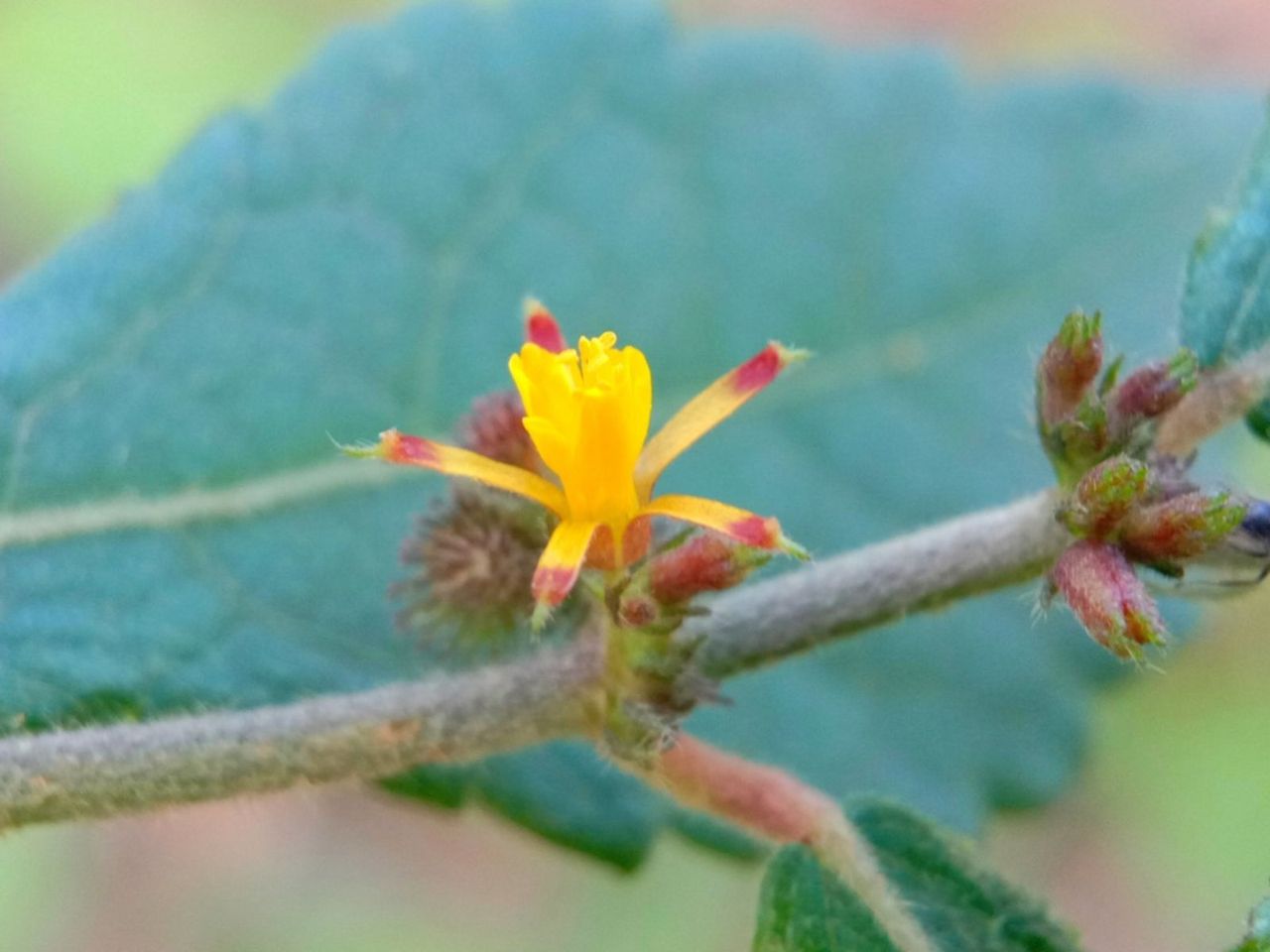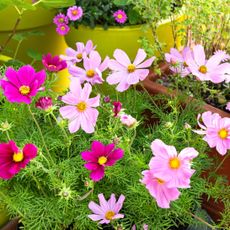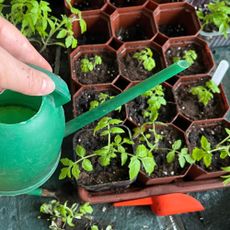Sherbet Berry Care: Information About Phalsa Sherbet Berries


What is sherbet berry, also known as Phalsa sherbet berry plant, and what it is about this lovely little tree that earned it such a charming name? Read on to learn more about Phalsa sherbet berries and sherbet berry care.
About Phalsa Sherbet Berries
If you’re looking for something a little different in the landscape, then you certainly can’t go wrong with growing sherbet berry plants (Grewia asiatica). This southern Asian native shrub or small tree produces edible drupes that start out green before turning red and then deep purple to black as they ripen. The sherbet berries, which are preceded by masses of bright yellow springtime flowers, are similar in both appearance and taste to grapes – said to be rich and sweet with a hint of citrusy tartness. They are also extremely nutritious, filled with antioxidants, Vitamin C and other nutrients. These berries are commonly used to make a refreshing, thirst-quenching juice or they may simply be eaten as is with a bit of sugar.
Growing Sherbet Berry Plants
Although the plant can tolerate light frost, sherbet berry plants are best grown in warmer climates and are generally hardy in USDA zones 9-11. That being said, they are remarkably adaptable to containers, making it more than possible to grow them in the home garden. Simply move the plant indoors once cold temps return and overwinter inside. These plants are not only easy to grow but are quite vigorous. Locate the plant in an area with full sun to partial shade, though sites receiving the most sun are preferred. Phalsa sherbet berry plants can tolerate most soil types, including sand, clay, or areas with poor fertility. However, for best results when growing sherbet berry plants, provide them with moist, well-drained soil. If you’re planting in a pot, make sure that it’s large enough to accommodate its quick growth, at least 18-24 inches wide and 20 inches deep. Also, ensure there are drainage holes in your container to avoid overly wet conditions, which can lead to rot.
Sherbet Berry Care
Little sherbet berry care is actually involved with these plants given suitable growing conditions. Though somewhat drought tolerant, the plant benefits from water during overly hot, dry weather and also during fruiting. Otherwise, watering of the plants is normally done when the top two inches of soil is dry but those grown in containers may require additional water, even daily in warmer temps. Again, make sure the plant does not sit in water. Fertilize both in-ground and container plants regularly during the growing season with a water-soluble fertilizer. Since sherbet berry bears fruit on current season's growth, annual pruning just prior to spring will help encourage new shoots and result in higher yields.
Gardening tips, videos, info and more delivered right to your inbox!
Sign up for the Gardening Know How newsletter today and receive a free copy of our e-book "How to Grow Delicious Tomatoes".

A Credentialed Garden Writer, Mary H. Dyer was with Gardening Know How in the very beginning, publishing articles as early as 2007.
-
 How To Grow A Cut Flower Container Garden – For Gorgeous Fresh Blooms Even In Small Spaces
How To Grow A Cut Flower Container Garden – For Gorgeous Fresh Blooms Even In Small SpacesCut flower cultivation may bring to mind tall, statuesque plants in beds and borders – but you can also grow a cut flower container garden for bold blooms in smaller spaces
By Tonya Barnett
-
 How Often To Water Seedlings? The Best Schedule For Healthy Growth
How Often To Water Seedlings? The Best Schedule For Healthy GrowthLearn how much to water seedlings at every stage of the growing process – from germination to transplanting in the garden – plus the best methods for success.
By Teo Spengler